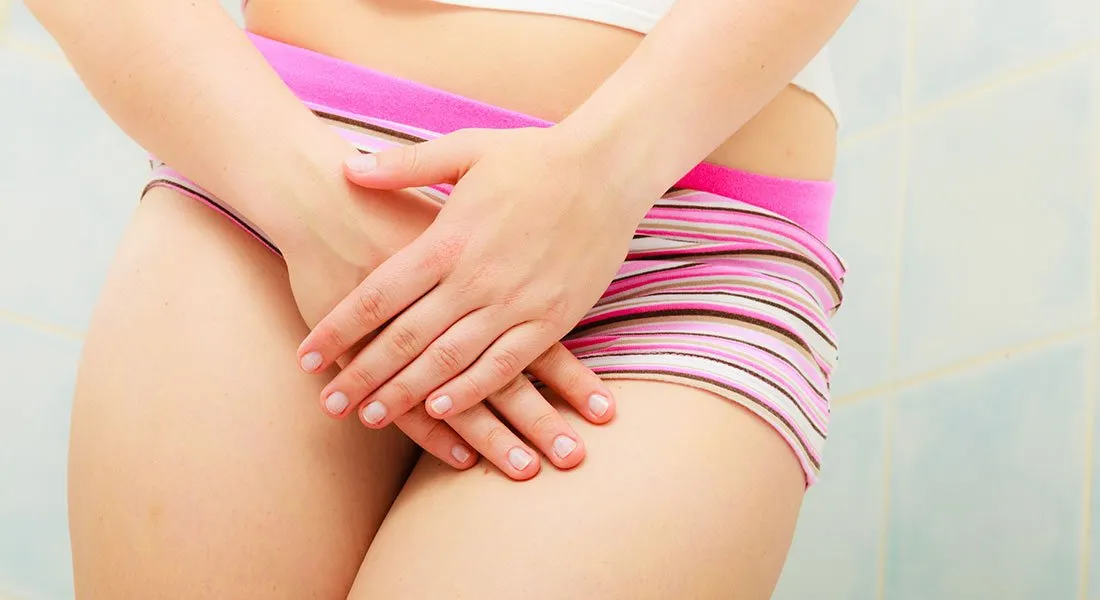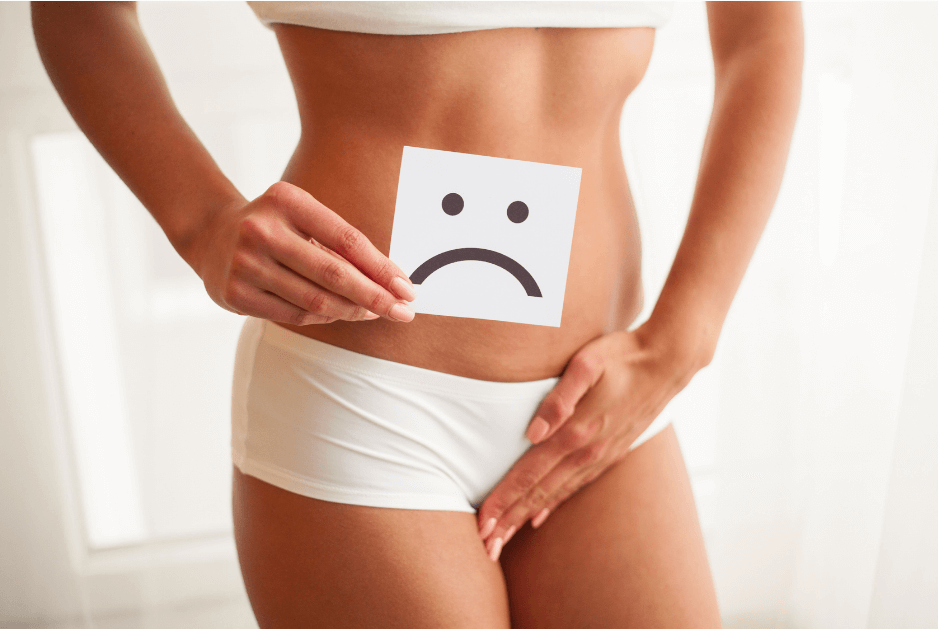Health
Vaginismus and Vulvodynia: What’s The Difference?

Vulvodynia and Vaginismus are two conditions that affect the pelvic area of women. Both of these conditions can make life very difficult for women and can not only affect confidence but impact relationships too. These conditions are often confused because they sound similar. Although interrelated, these conditions are quite different and as such the treatment varies too. Let’s take a closer look.
What is the Difference Between Vaginismus and Vulvodynia?
Vaginismus is a condition whereby people with vaginas experience pain upon attempted penetration. This could be during intercourse, with other toys or even just tampons. It is a result of involuntary contractions of the muscles surrounding the entrance to the vagina. These muscles (the pelvic floor) can become hypersensitive, and then penetration makes the muscles contract and spasm, thus tightening and making penetration very difficult and in some cases impossible.
People with vaginismus have described the pain as a stabbing sensation coupled with burning. The vulva (the outer area that is visible), however, experiences normal sensations. Vaginismus is not limited to people who have never had sex and despite this being a common myth, it can affect any woman who has previously enjoyed sex. In fact, vaginismus can be categorised as primary (which refers to people who have been unable to have sex or penetration due to this condition) or secondary (which refers to people who have previously been able to achieve penetration but can’t anymore).
Vulvodynia, on the other hand, is a condition characterised by localised pain in the vulva area; this is around the entrance to the vagina, located on the outside of the body. The pain associated with vulvodynia can be experienced in the background constantly but is limited to the area around the opening of the vagina. It varies widely between people and may get worse when touched or during sex – even sitting can be painful. The pain experienced has been described as stinging, throbbing and soreness.
Diagnosing Vaginismus and Vulvodynia
If you feel discomfort in the vagina or on the vulva, it is important to consult a medical specialist as a priority. Not only to prevent problems further down the line, but also you shouldn’t have to put up with the pain and discomfort.
Your healthcare provider will want to assess your medical history and may ask you a range of questions about the pain you are experiencing and your sex life. A physical examination may also be required. All this is done in order to understand your case better and provide an accurate diagnosis and treatment options.
Unfortunately, for both of these conditions, the causes are not well understood. It is thought that vaginismus can be triggered by negative sexual experiences or fear of having sex. With vulvodynia it is thought that hormones, yeast infection, and nerve irritation could contribute to or trigger this condition.
Getting Help for Vulva or Vagina Pain
Diagnosing the problem accurately is just one part of the journey – treating it effectively is equally crucial. It is important to note that while these conditions only sound similar, they have vastly different treatment options.
For vaginismus, psychosexual counselling has proven to be helpful. This involves talking with a counsellor about your feelings or experiences related to intimacy and sex in a safe environment. You and your partner can discuss any anxieties, worries, or prior experiences that may be causing discomfort with vaginal penetration.
The counsellor can then assist you in processing these feelings. This can help you build confidence, understand your body, and learn how to relax your vaginal muscles to make sex more enjoyable.
This is often combined with the effective vaginismus treatment of Botox injections. This involves injecting Botox into the muscles around the opening of the vagina with very fine needles. This relaxes the muscles, reducing the discomfort caused by spontaneous tightness during intercourse or vaginal examinations.
This procedure is intended to relax the muscles, making insertion less painful and providing for a more pleasurable experience, thereby breaking the cycle. Please note that it is used in conjunction with other therapies, such as counselling or physical exercises, to address vaginismus.
For vulvodynia, the treatment options include Cognitive Behavioural Therapy (CBT), the usage of lidocaine gel, antidepressants called amitriptyline, and anti-epilepsy medicines called gabapentin (administered in small doses) until pain reduces. In some severe cases, your doctor may also suggest steroid injections into the area. Additionally, physiotherapy for pelvic floor exercises and relaxation techniques may also be suggested by your doctor. The above treatment options vary from case to case.
At the end of the day, the most important thing to remember is that sex should not hurt. If it does then you should seek help from your gynaecologist as soon as possible.






























